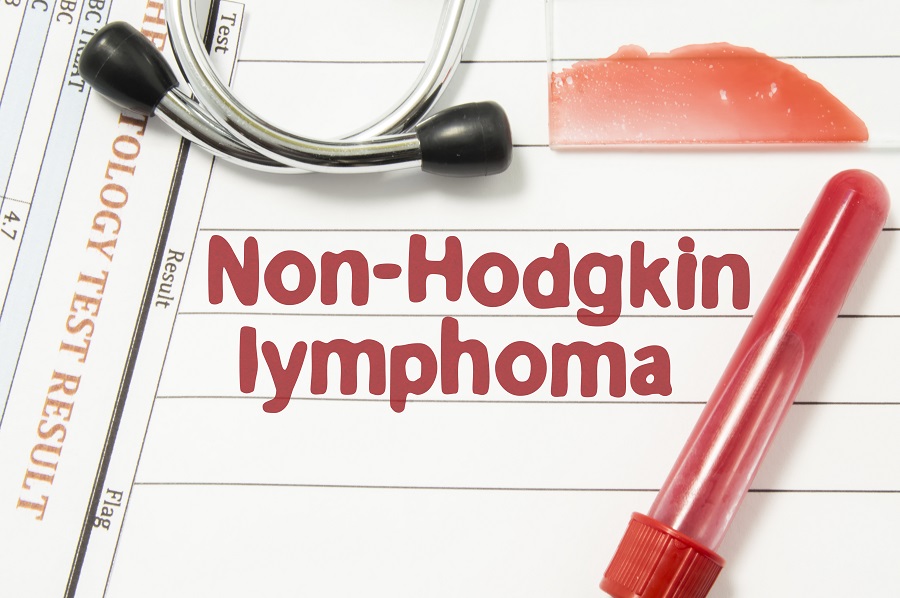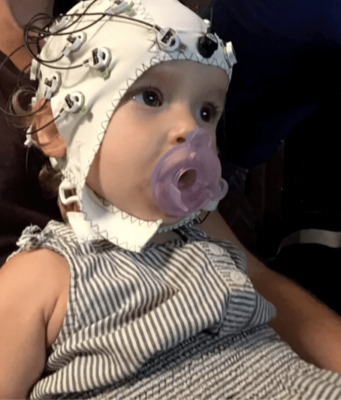Introduction
Intravascular large B-cell lymphoma (IVLBCL) represents an uncommon variant of extranodal non-Hodgkin lymphoma (NHL) with malignancy originating from B-cells and challenging-to-diagnose condition due to its scarcity, nonspecific symptoms, and rapid progression.1,2 A case presents a male patient in his early 70s who exhibited the intriguing “hot lung sign” on 18F-fluorodeoxyglucose positron emission tomography (PET) CT, leading to the diagnosis of IVCL.3
Case Presentation3
- The patient presented with a one-month history of increasing dyspnea upon exertion. His resting oxygen saturation was 94%, which dropped to 82% during ambulation.
- Physical examination revealed no abnormal lung sounds.
- Elevated serum lactate dehydrogenase (752 U/L) and soluble interleukin-2 receptor (1514 U/mL) were observed.
- CT scans showed no lung abnormalities. However, PET CT revealed diffuse fluid accumulation in both lungs (Figure 1).

Figure 1: (A) The chest CT scan showed no signs of lymphadenopathy or abnormalities in the lung fields. (B) However, despite the normal CT results, the 18F-fluorodeoxyglucose PET/CT scan indicated widespread accumulation in the lung field, predominantly on the right side. PET: Positron Emission Tomography.
Investigation3
A transbronchial lung biopsy was performed in the right posterior lung regions, unveiling CD3-negative and CD20-positive neoplastic lymphoid cells within vessels (Figure 2). Peripheral blood smears, a random skin biopsy, and a bone marrow biopsy returned negative results, ruling out involvement in other organs and leading to the diagnosis of pulmonary intravascular large cell lymphoma.

Figure 2: (A) An H&E stain was performed on a sample obtained from a transbronchial lung biopsy, revealing the presence of neoplastic lymphoid cells within the vessels, indicated by the arrows. These cells tested negative for CD3 but positive for CD20. (B) Immunohistochemical staining for CD20 confirmed the presence of CD20-positive lymphoid cells.
Diagnosis3
The patient’s condition aligned with pulmonary intravascular large cell lymphoma, an exceptionally rare form of lymphoma that poses diagnostic challenges due to its vascular-exclusive proliferation and difficulty obtaining a definitive histological diagnosis.
Treatment3
Upon the diagnosis, the patient underwent pola-R-CHP administration, resulting in a rapid resolution of his dyspnea.
Outcome and Follow-Up3
The patient’s dyspnea improved after treatment, indicating a positive response to the therapeutic regimen.
Discussion
IVCL stands out for its rarity, with an incidence of just 0.095/1,000,000.1 This scarcity, vague symptoms, and rapid progression make timely diagnosis challenging. Lymphoma cells in IVCL proliferate solely within the vasculature, complicating histological confirmation. Biopsies of various organs, such as skin, bone marrow, liver, and lungs, are considered based on symptoms and test results. A PET/CT scan should precede a transbronchial biopsy in respiratory symptoms.2
The “hot lung sign,” characterized by discordance between PET/CT and CT findings, has gained attention as a potential diagnostic marker (Table 1).4 While not definitively established, previous cases displaying this sign were often diagnosed as IVCL, suggesting its significance in pinpointing biopsy sites.4 In this case, 18F-fluorodeoxyglucose uptake was more pronounced in the right posterior lung region, guiding the targeted transbronchial biopsy that ultimately confirmed the diagnosis.3
Table 1: Hot lung sign observed in pulmonary intravascular large cell lymphoma.
Conclusion
The presented case highlights the complexity of diagnosing IVCL, emphasizing the “hot lung sign” role in guiding diagnostic procedures. Although IVCL remains rare, recognizing the potential signs and leveraging advanced imaging techniques can contribute to early diagnosis and improved patient outcomes. Further research is warranted to solidify the significance of the “hot lung sign” in IVCL diagnosis.3
References
- Rajyaguru DJ, Bhaskar C, Borgert AJ, et al. Intravascular large B-cell lymphoma in the United States (US): a population-based study using surveillance, epidemiology, and end results program and National cancer database. Leuk Lymphoma 2017; 58: 1-9. DOI: 10.1080/10428194.2017.1287363
- Ponzoni M, Campo E, Nakamura S. Intravascular large B-cell lymphoma: a chameleon with multiple faces and many masks. Blood 2018; 132: 1561-1567. DOI: 10.1182/blood-2017-04-737445
- Kano Y, Okada H, Murata K. Hot lung sign in intravascular lymphoma. BMJ Case Rep 2023; 16: e256987. DOI: 10.1136/bcr-2023-256987
- Şahin Ö, Kaya B, Serdengeçti M, et al. Hot lung” sign in pulmonary Intravascular large B-cell lymphoma on 18F-FDG PET/CT. Clin Nucl Med 2020; 45: e211-e222. DOI: 10.1097/RLU.0000000000002939






